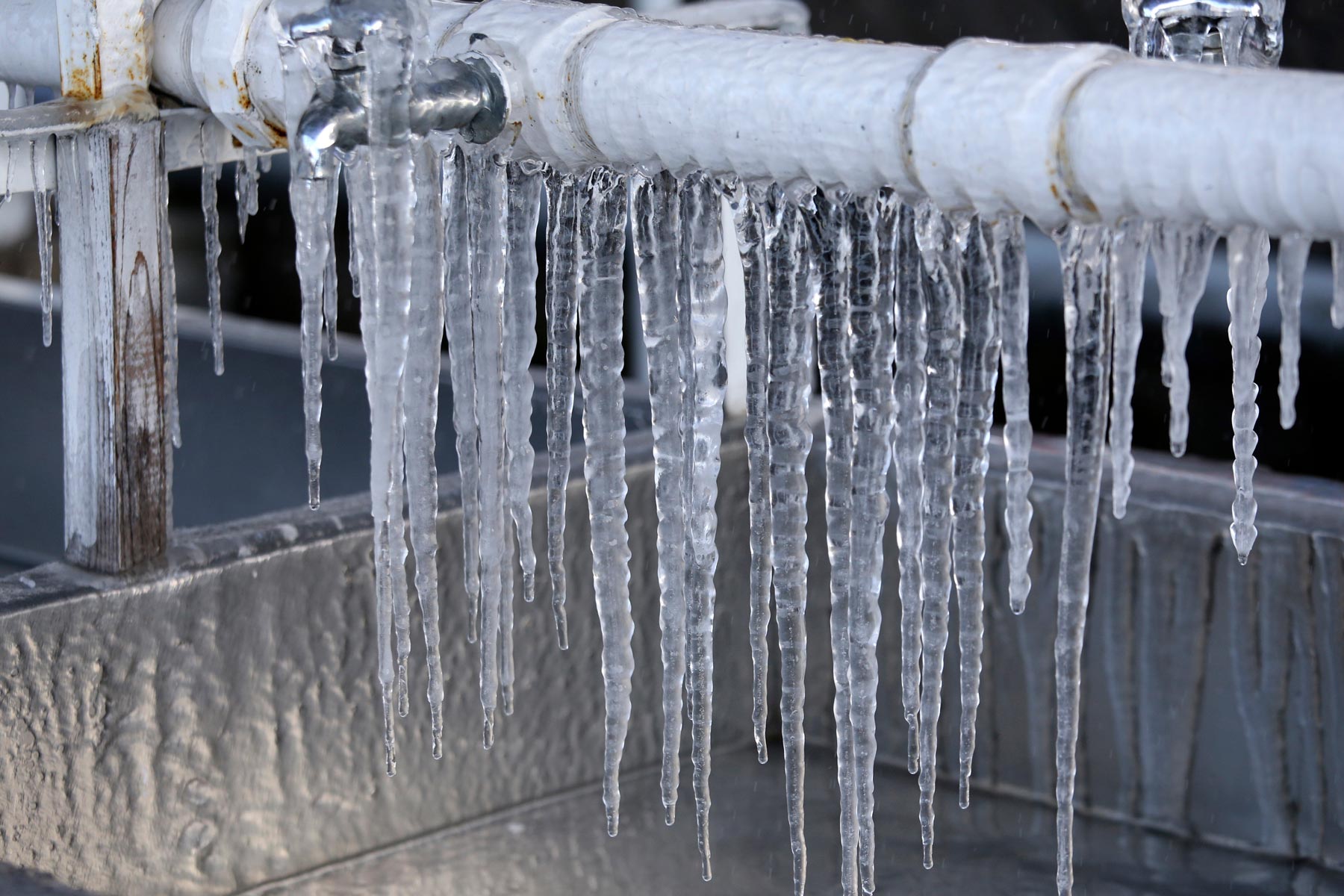Avoiding Frozen Pipes: Best Strategies for Cold Weather
Avoiding Frozen Pipes: Best Strategies for Cold Weather
Blog Article
They are making a few good annotation on the subject of 6 Ways to Prevent Frozen Pipes overall in the article underneath.

Cold weather can damage your pipes, specifically by freezing pipes. Right here's exactly how to stop it from happening and what to do if it does.
Introduction
As temperatures decline, the danger of icy pipelines increases, potentially bring about expensive repairs and water damage. Comprehending exactly how to stop frozen pipelines is crucial for home owners in cool climates.
Recognizing Icy Pipes
What triggers pipes to ice up?
Pipes freeze when subjected to temperatures listed below 32 ° F (0 ° C) for expanded periods. As water inside the pipelines freezes, it broadens, taxing the pipe walls and potentially triggering them to rupture.
Dangers and problems
Icy pipelines can result in supply of water interruptions, home damages, and pricey repair services. Ruptured pipelines can flooding homes and create extensive structural damage.
Indications of Frozen Pipeline
Identifying frozen pipes early can avoid them from rupturing.
How to identify icy pipes
Seek lowered water flow from taps, uncommon odors or noises from pipes, and noticeable frost on subjected pipes.
Avoidance Tips
Shielding vulnerable pipelines
Cover pipelines in insulation sleeves or use heat tape to protect them from freezing temperatures. Concentrate on pipes in unheated or external locations of the home.
Home heating methods
Keep indoor areas appropriately warmed, especially locations with pipes. Open up closet doors to permit warm air to flow around pipes under sinks.
Protecting Outside Pipes
Garden pipes and outdoor taps
Disconnect and drain garden hose pipes prior to winter. Install frost-proof faucets or cover outside faucets with shielded caps.
What to Do If Your Pipelines Freeze
Immediate actions to take
If you believe frozen pipes, maintain taps open up to soothe stress as the ice thaws. Utilize a hairdryer or towels taken in warm water to thaw pipes slowly.
Long-Term Solutions
Structural adjustments
Think about rerouting pipelines away from outside wall surfaces or unheated locations. Include additional insulation to attic rooms, cellars, and crawl spaces.
Updating insulation
Purchase premium insulation for pipelines, attics, and walls. Correct insulation assists keep regular temperature levels and minimizes the risk of frozen pipelines.
Verdict
Avoiding icy pipes needs proactive actions and quick responses. By comprehending the reasons, indicators, and safety nets, homeowners can secure their pipes throughout winter.
5 Ways to Prevent Frozen Pipes
Drain Outdoor Faucets and Disconnect Hoses
First, close the shut-off valve that controls the flow of water in the pipe to your outdoor faucet. Then, head outside to disconnect and drain your hose and open the outdoor faucet to allow the water to completely drain out of the line. Turn off the faucet when done. Finally, head back to the shut-off valve and drain the remaining water inside the pipe into a bucket or container. Additionally, if you have a home irrigation system, you should consider hiring an expert to clear the system of water each year.
Insulate Pipes
One of the best and most cost-effective methods for preventing frozen water pipes is to wrap your pipes with insulation. This is especially important for areas in your home that aren’t exposed to heat, such as an attic. We suggest using foam sleeves, which can typically be found at your local hardware store.
Keep Heat Running at 65
Your pipes are located inside your walls, and the temperature there is much colder than the rest of the house. To prevent your pipes from freezing, The Insurance Information Institute suggests that you keep your home heated to at least 65 degrees, even when traveling. You may want to invest in smart devices that can keep an eye on the temperature in your home while you’re away.
Leave Water Dripping
Moving water — even a small trickle — can prevent ice from forming inside your pipes. When freezing temps are imminent, start a drip of water from all faucets that serve exposed pipes. Leaving a few faucets running will also help relieve pressure inside the pipes and help prevent a rupture if the water inside freezes.
Open Cupboard Doors
Warm your kitchen and bathroom pipes by opening cupboards and vanities. You should also leave your interior doors ajar to help warm air circulate evenly throughout your home.

As a fervent reader about How To Avoid Freezing Pipes, I figured sharing that excerpt was a smart idea. Sharing is nice. Helping others is fun. Thank you for your time. Don't hesitate to come by our website back soon.
Book Service Now Report this page